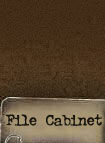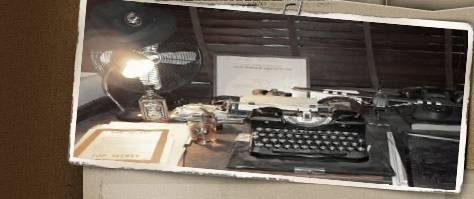
Item Description: U.S.
Army ID Panel Case CS-150 Y
Introduction:
Batttedetective
owns a canvas green case
intended to contain a yellow
identification panel. These
panels were used to mark
airborne Drop- and Landing Zones
for parachute and glider troops.
They were also used to indicate
being 'friendly' to the Air
Corps, by draping the panels
over the hoods of Allied
vehicles or to mark own
positions. This specific case
was found shortly after the
War's end in the Zonsche Forest
by Tom's Uncle and given to him
recently. This is the story of a
Battle Relic that "runs in the
family."
The Story:


Shortly after the fighting in
the Zonsche Forest died down in
late September 1944, Tom's uncle
was a kid who played in the
woods as did so many Eindhoven
children at that time. This was
not without risk because the
woods were still littered with
unexploded ordnance. One day he
found the Panel Case somewhere
in the woods. After the war it
saw use a bag for fishing rods.
The picture above on the left
shows the label with cleaning
instructions for the panel.
After the war, Tom's uncle moved
to the town of Best and together
with the town's name, he wrote
his own family name in it. He
had it for almost 60 years when
he gave it to his nephew.
|













